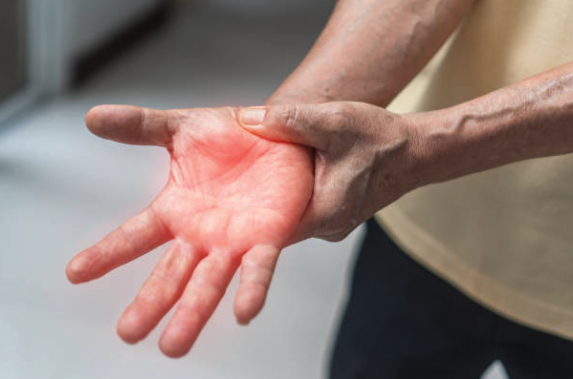Peripheral neuropathy can be a frustrating, painful, and life-altering condition. Whether caused by diabetes, injury, surgery, or unknown reasons, neuropathy can lead to burning pain, numbness, tingling, weakness, and a decline in quality of life. Fortunately, regenerative therapies like Wharton’s Jelly injections are offering new hope to those looking for non-surgical solutions.
What Is Wharton’s Jelly?
Wharton’s Jelly is a naturally occurring substance found in the umbilical cord. It’s rich in regenerative components, including:
•Growth factors
•Cytokines
•Hyaluronic acid
•Extracellular matrix proteins
These components play a role in tissue repair, reducing inflammation, and promoting cellular healing—which is why Wharton’s Jelly is gaining popularity as a regenerative treatment option.
How Can It Help Peripheral Neuropathy?
Peripheral neuropathy involves damage to nerves outside the spinal cord—typically in the hands, feet, or limbs. The symptoms are often the result of inflammation, degeneration, or damage to the peripheral nerves.
When Wharton’s Jelly is injected around these affected nerves, it may:
•Decrease inflammation surrounding the nerve
•Promote repair of damaged nerve tissue
•Improve blood flow and nerve function
•Reduce pain, tingling, and numbness
This process is called perineural injection and is typically guided by ultrasound to ensure precise placement of the regenerative material around the nerve structures.
What Does the Procedure Involve?
•A thorough medical evaluation and diagnosis
•Ultrasound-guided injection of Wharton’s Jelly around the affected nerve(s)
•The procedure is done in-office, typically in under 30 minutes
•No sedation is needed, and patients often return to normal activities the same day
Depending on the severity of the neuropathy, a series of treatments may be recommended.
Is It Safe?
Yes. Wharton’s Jelly is:
•Ethically sourced from full-term donated umbilical cords after cesarean delivery
•Processed in FDA-compliant laboratories under strict safety protocols
•Free of live stem cells – it uses signaling molecules, not cells, reducing immune reactions
•Screened for infectious diseases
•Administered by trained, licensed medical professionals under sterile conditions
Side effects are rare but may include temporary soreness at the injection site or mild inflammation. No long-term complications have been commonly reported when performed by qualified providers.
Who Should Perform This Procedure?
Board-certified pain management physicians or specialists in interventional regenerative medicine are the most qualified providers. They have the training to:
•Accurately identify the affected nerve
•Use ultrasound guidance for safe and precise delivery
•Monitor for and manage any complications
•Integrate this therapy into a broader treatment plan if needed
Is It Right for You?
Wharton’s Jelly therapy may be a good option if you have:
•Chronic peripheral neuropathy symptoms (burning, numbness, tingling, weakness)
•Diabetes-related nerve damage
•Post-surgical or post-traumatic nerve pain
•Failed conservative treatments like medications or physical therapy
A consultation can help determine if you are a candidate for this innovative, non-surgical approach.
Take the First Step Toward Nerve Healing
If you’re tired of living with nerve pain and want a cutting-edge, natural option to promote healing, ask your provider about Wharton’s Jelly regenerative therapy for peripheral neuropathy.
Schedule your consultation with us today.

